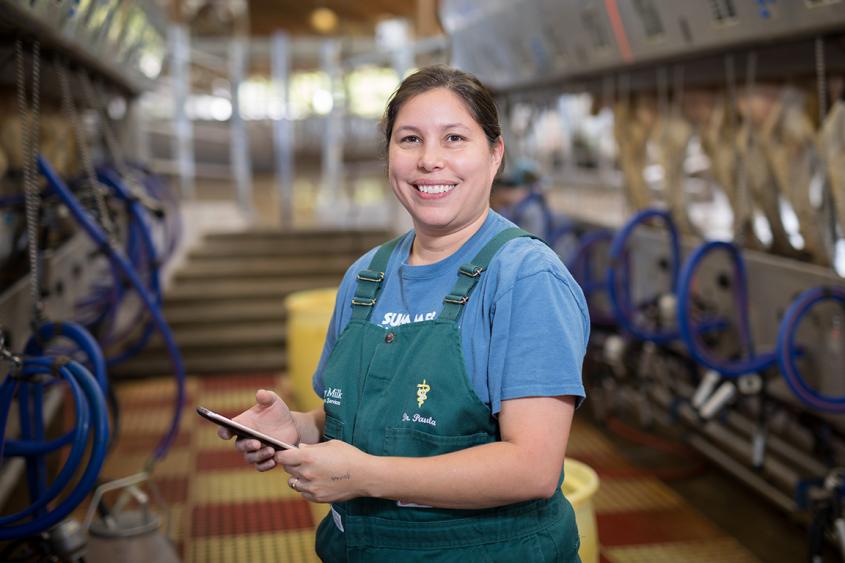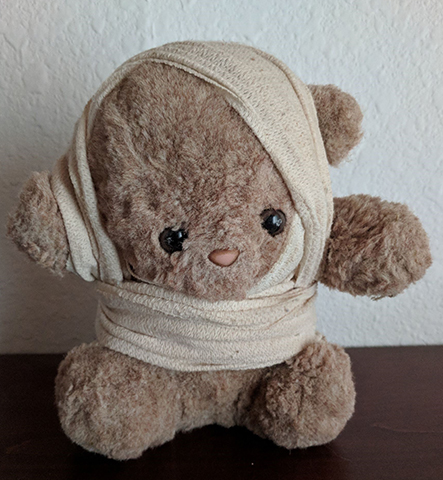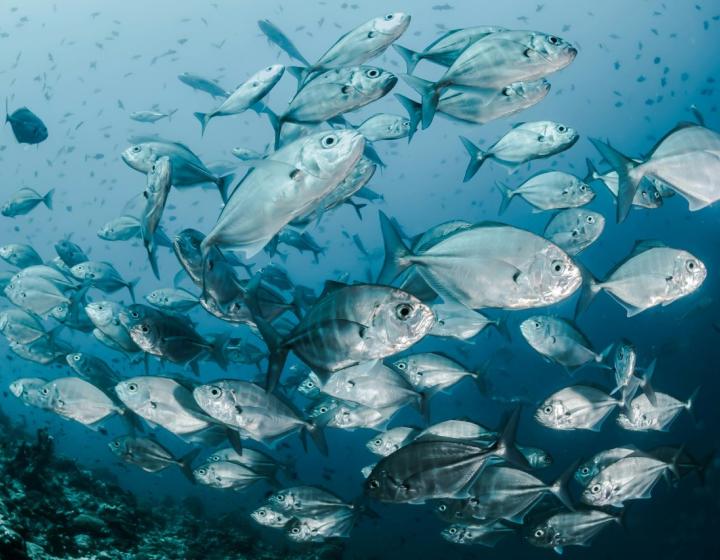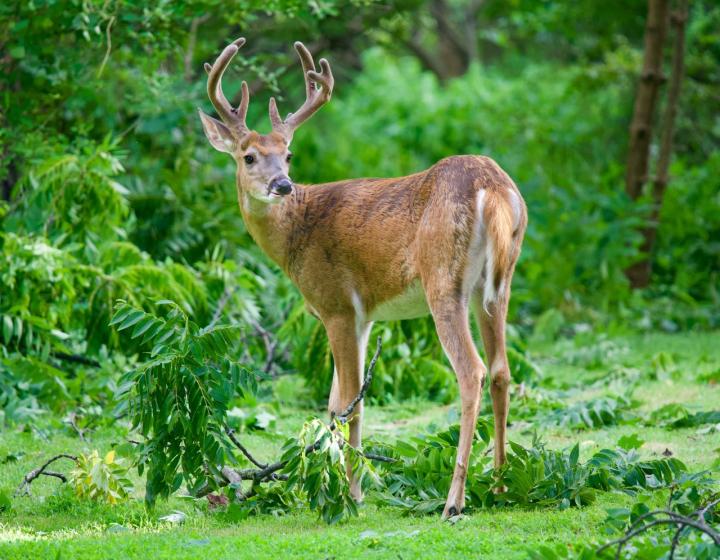Global Cornell: Dr. Paula Ospina
Ospina_People.jpg

Dr. Paula Ospina checks dairy cows.
Veterinarian, epidemiologist and native Spanish speaker, Paula Andrea Ospina serves as an extension associate and the bilingual program coordinator for Quality Milk Production Services at Cornell’s College of Veterinary Medicine.
In her role, Ospina offers bilingual education on farms throughout New York State, where many of the farmworkers speak Spanish. She currently works with 30 to 40 farms and about 200 bilingual farmworkers annually.
As part of the Quality Milk Production Services (QMPS) education program, Ospina focuses on milker training. Many of her trainees come from Guatemala and Mexico, and most have limited experience touching, moving and milking cows. Some of the laborers speak Spanish as their second language, with a Mayan or native dialect as their first language. Paula teaches these workers how to ensure proper milk quality, starting with the basics—including topics like germ theory, importance of proper sanitation and protocols to prevent disease in the cattle.
Ospina offers bilingual education on farms throughout New York State, where many of the farmworkers speak Spanish. She currently works with 30 to 40 farms and about 200 bilingual farmworkers annually.
“We are all the same, really,” Ospina says. “Even if we like to think of ourselves as different, we all came to where we are now from somewhere else.”
Ospina says that her trainees are grateful for the information she shares, since they can save the animals and themselves a lot of stress and lost production by keeping the cows healthy. She describes the trainees as extremely hard working, often putting in long hours of physical labor in order to save money to send home to their families and pay back the people who helped them find work on the farms.
“The important thing for me is that we’re all immigrants, even if we’ve been in this country for seven generations,” Ospina says. “Immigrants and refugees are not zombies. They are just people who face different circumstances. They are seeking the same things that all of us want—safety, security and opportunity.”
Ospina is an immigrant to the United States, having been born in Cali, Colombia. When she was seven, her family followed her father to Los Angeles, seeking employment and pursuing the American Dream. She remembers her father telling her about the wonders of the United States. He told her that everything in this new country was disposable, and she imagined herself standing on the top floor of a very tall building dropping things down a garbage chute, where they promptly disappeared from sight.

On their first day in America, Ospina’s family found some like-new teddy bears on the curb, where they had been left to be hauled away with a neighbor’s garbage. The family rescued the bears, and she remembers thinking that this country must be amazing if the people here throw away toys. She still has her bear, as a reminder of that day. “He was in much better condition when we first met,” she says. “At some later point, my dog ate his ear, hence the bandage.”
Ospina’s two younger sisters were ages three and four when they arrived, and none of her family members spoke English. Her elementary school experience was a total language immersion, and she and her mother worked together to master new vocabulary. Ospina recalls coming home from her first day of school in tears, telling her mother that she only knew two words. Her mother, Blanca, encouraged her, saying, “That’s two more words than yesterday!”
The two kept count of their new words, and over the course of the next two years, they became fluent in English. “I read and read and read so many books,” Ospina says.
To make ends meet, her family rented out rooms in their apartment. When they could not afford their rent, they lived for a time in a homeless shelter in Los Angeles where her mother eventually became the manager. From the shelter, the family moved to a trailer with no running water. Ospina recalls her mother boiling pots of water for the children to use for bathing.
Ospina’s mother had been an elementary school teacher in Colombia. After her father left the family to return to Colombia, her mother was determined to further her education in her new home. She attended Compton Community College in Los Angeles, and went on to earn a BS in computer science and a master’s degree in education from California State University, Dominguez Hills. Ospina recalls that her mother tried to instill the importance of education in her daughters—telling them it can change your life, and also showing them through her example.
Ospina's research has helped to identify risk factors and clinical thresholds that are now industry standards for preventing transition cow disease.
In time, Ospina’s mother was able to secure a teaching position at a local school, and she moved the family into an apartment. One of her most vivid memories, Ospina says, is something that happened after her mother graduated from community college: for the first time, the family was able to bathe in a real shower with warm water. “There’s nothing like it,” she says, “especially if you’ve had to do without.”
Ospina was the only student at her junior high school selected to attend the California Academy of Math and Sciences, a STEM high school in Los Angeles for high-achieving students across the city. She excelled in her studies, and she was able to earn college credits during her senior year by attending courses at California State University, Dominguez Hills. Like her peers, Ospina dreamed of going to college far from home and studying whatever she wanted. At the time, however, this dream was out of reach for her family. She attended California State University, Long Beach for a year and then transferred to California State Polytechnic University, Pomona, where she pursued a degree in animal science.

Ever since Ospina was a young child in rural Colombia, she has known she wanted to work with animals. The region where she was born is now famous because it sustains more different bird species per square kilometer than any other region in the world. Ospina grew up in this beautiful environment, in close proximity to farms that raised pigs, sheep and cows, and this is when she decided that she would like to work with animals. She recalls telling her friends that she wanted to be a doctor. Being new at the time to the English language and not understanding that there were no feminine and masculine nouns in English, she remembers trying to explain that she wanted to be a “woman doctor”—not a doctor who treats women, but a woman doctor who treats animals!
Just before Ospina turned 18, one of her fondest hopes came true: she was able to obtain U.S. residency. This status meant that she was now free to pursue her dream of becoming a veterinarian and attending college far from home. She recalls visiting the Ithaca campus on a beautiful winter day in February: at the time she had never seen snow before. She was admitted to the Cornell University College of Veterinary Medicine in 1999; she graduated in 2003, and returned to California to help care for her ailing grandmother while she earned a master of public health degree at University of California, Davis. A few years later, Ospina returned to Cornell to begin doctoral studies in animal science, where she focused on studying the metabolic health of cows in the transition period just before and after calving. Her research has helped to identify risk factors and clinical thresholds that are now industry standards for preventing transition cow disease.
Ospina earned her PhD in 2012—so she is now a “doctor,” twice over.
Interview by Linda Copman, Global Cornell




